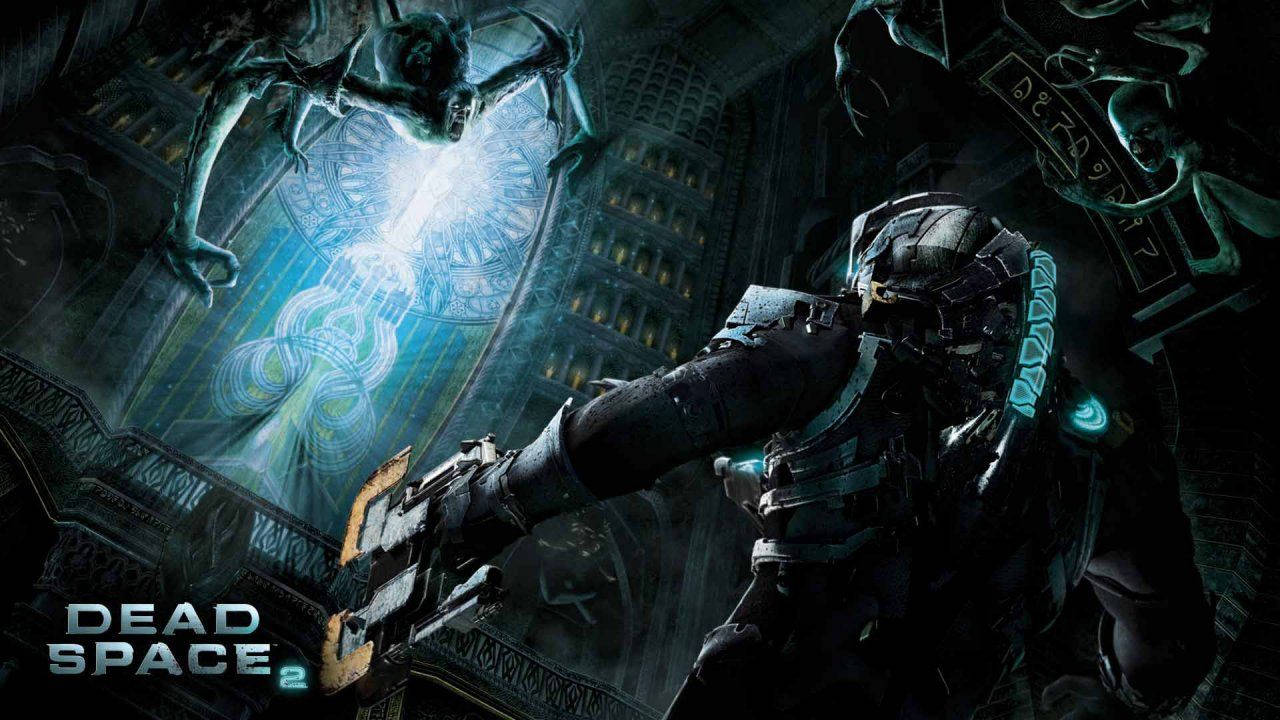


In European humanism and Christian philosophy, the idea and apparatus of the spine does a lot of tortuous heavy-lifting.

But his Dayglo spacesuit spine? That, I can get behind: the way it pins the screen together when the lights go out, the way it sags and sways when he's close to death and straightens in relief when you finally administer a health kit. I’d hate to see him coming the other way down a long, dark corridor. There is a touch of Giger to his ribbed shoulders and chest, a generous dollop of Cronenberg to the bristle and flex of his weapons. Sometimes, Clarke’s superiors appear on that holographic screen to whinge about failing ship systems but-in the original game, at least-Clarke himself is incapable of speech, communicating only with muffled roars of pain and terror. While not quite as gruesome as his Necromorph adversaries, Dead Space’s frontman can be pretty monstrous from the right angle: a haunted exoskeleton lurching between airlocks, his face a fissured Rorschach lantern, his woven metal arms ending in repurposed saws and cutters.Īt intervals, he hallucinates a clean, Tetrissy realm of neatly squared-away commodities, floating against the lore-bloodied contours of the USG Ishimura. It's probably his best feature, or perhaps, his most human one. I think a lot about Isaac Clarke's spine.


 0 kommentar(er)
0 kommentar(er)
